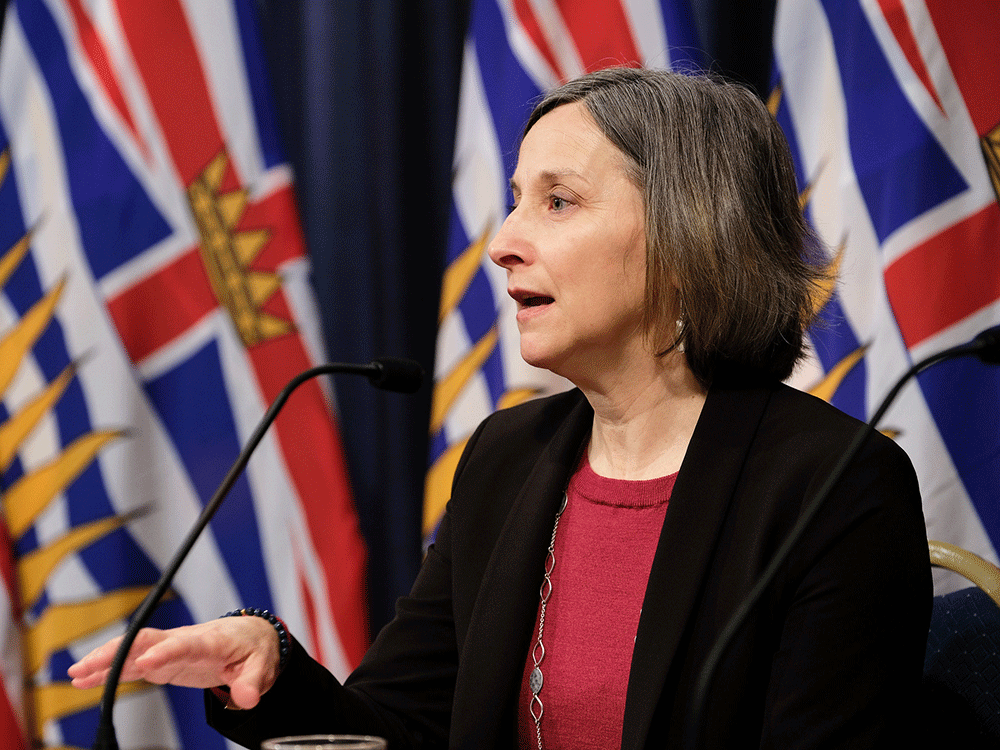At least 165 British Columbians were killed by toxic drugs in March, an average of more than five fatal poisonings each day.
It is the second most-fatal March on record after 174 people died in the same month last year, according to a report from the BC Coroners Service released today.
With 548 people dead in the first three months of the year, the per capita death rate has declined slightly for the first time since 2019, from 43 deaths per 100,000 in 2021 to 41.6 so far in 2022.
Toxic drugs are now the leading cause of preventable deaths in B.C., and the rate of death is still double what it was when a public health emergency was declared in 2016.
"It is encouraging to see a decrease in the number of lives lost in February and March relative to previous months, but we know the illicit drug market continues to present enormous risks to our community members," said chief coroner Lisa Lapointe in a news release.
Now in its seventh year, B.C.’s oldest public health emergency is claiming more lives with drugs that are becoming increasingly toxic, potent and unpredictable.
Toxic drugs are the key driver of the current crisis, a recent death review panel convened by Lapointe found.
“A safer drug supply on its own will not resolve the public health emergency, but it is needed to stop the unprecedented numbers of deaths,” said panel chair Michael Egilson in March.
“The first priority in addressing the toxic drug crisis is keeping people alive.”
Extreme fentanyl concentrations have been found in 19 per cent of deaths since November, more than double their presence before March 2020.
And the skyrocketing presence of benzodiazepines, a class of depressant typically prescribed for anxiety, has made overdoses more complex and difficult to reverse.
When mixed with opioids in “benzo-dope,” benzodiazepines increase the likelihood someone’s breathing will stop. Naloxone does not reverse benzo-dope overdoses.
Benzodiazepines and its analogues have been present in an average of 40 per cent of deaths since July 2020, with their presence falling to 32 per cent in March. In January, they were found in 52 per cent of deaths.
In September 2020, the provincial government promised a massive expansion of safe supply, but progress has been slow. Its request to decriminalize personal possession of small amounts of illicit drugs, announced more than a year ago, remains on the desk of the federal health minister for approval.
A Tyee report also revealed that a government claim that 12,000 people have accessed safe supply since March 2020 was primarily counting prescription alternative interventions that experts and drug user advocates don’t consider safe supply.
“I am hopeful that implementation of the Death Review Panel's recommendation to significantly and rapidly expand access to safer supply across the province will begin to diminish the terrible harms people in B.C. are currently experiencing,” Lapointe said today.
Last month, families and loved ones of the more than 9,500 people killed marked the sixth anniversary of the public health emergency in cities across B.C.
They called for a safe, regulated supply of drugs to separate people who use drugs from the toxic street supply and the harm and violence of criminalization.
Moms Stop the Harm board member Traci Letts said in an April interview in the last two years the organization’s membership has doubled to more than 3,300 people across Canada. About half of those members are in B.C.
“I never thought I would see the deaths compile like they have in six years,” said Letts, whose son has dealt with substance use issues for more than a decade. She joined the organization in 2018.
“We thought safe supply was on the horizon, but it’s been a dismal failure, no one can get it in B.C.” ![]()
Read more: Rights + Justice, BC Politics
















Tyee Commenting Guidelines
Comments that violate guidelines risk being deleted, and violations may result in a temporary or permanent user ban. Maintain the spirit of good conversation to stay in the discussion.
*Please note The Tyee is not a forum for spreading misinformation about COVID-19, denying its existence or minimizing its risk to public health.
Do:
Do not: